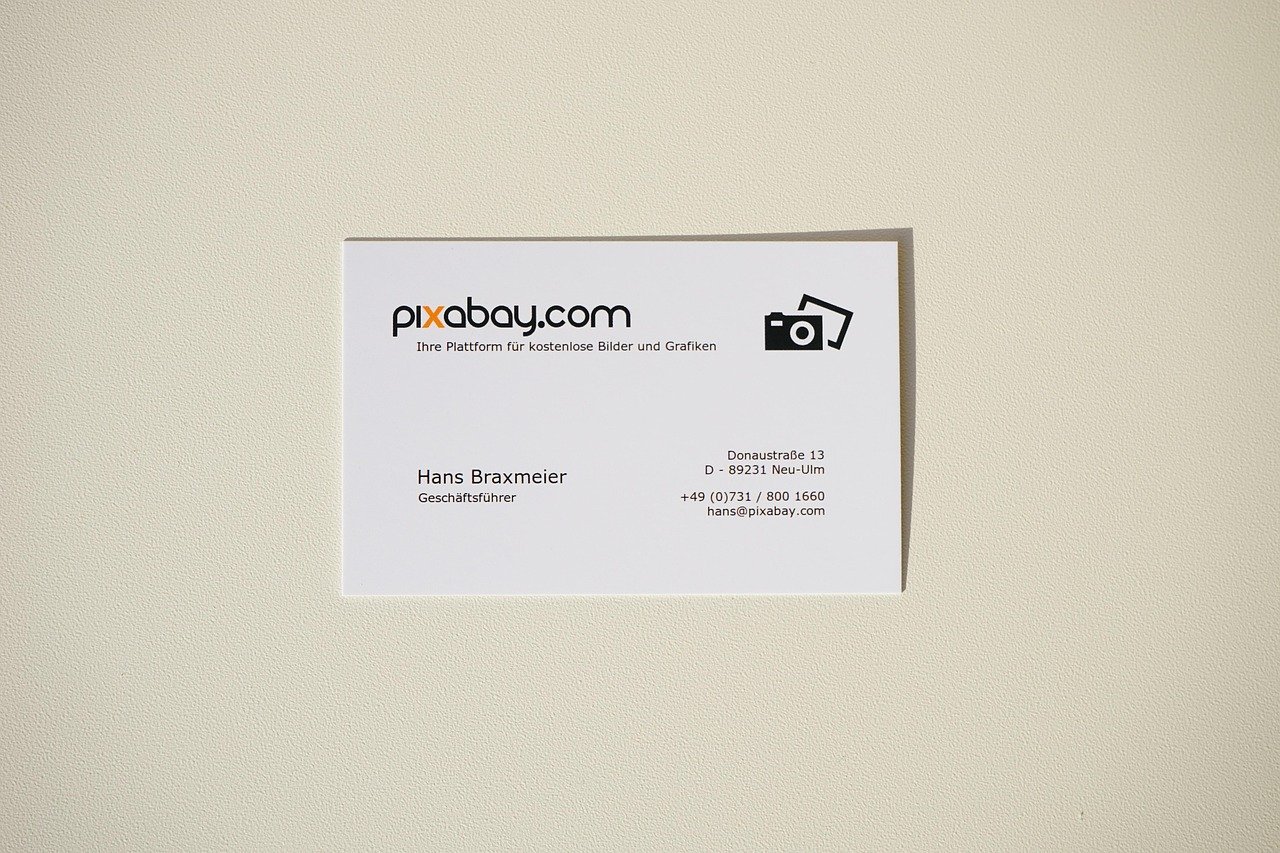The digital marketplace is booming, and e-commerce is at the heart of it all. Whether you’re a seasoned entrepreneur or just starting to explore the possibilities of online sales, understanding the intricacies of e-commerce is crucial for success. This comprehensive guide will delve into the key aspects of e-commerce, from choosing the right platform to optimizing your online store for conversions, empowering you to navigate the digital landscape and build a thriving online business.
What is E-commerce?
Defining E-commerce
E-commerce, short for electronic commerce, refers to the buying and selling of goods and services over the internet. It encompasses a wide range of activities, including online retail, online banking, electronic fund transfers, digital marketing, and more. Essentially, any transaction that involves the exchange of money for goods or services through an electronic medium falls under the umbrella of e-commerce.
Different Types of E-commerce Models
Understanding the different e-commerce models is essential for choosing the right approach for your business. Here are a few common types:
- B2C (Business-to-Consumer): This is the most familiar model, where businesses sell directly to individual consumers. Example: A clothing retailer selling clothes through its website.
- B2B (Business-to-Business): This involves businesses selling goods or services to other businesses. Example: A software company selling its services to other corporations.
- C2C (Consumer-to-Consumer): This model facilitates transactions between individual consumers, often through online marketplaces. Example: eBay or Etsy.
- C2B (Consumer-to-Business): In this model, individuals offer goods or services to businesses. Example: A freelance graphic designer offering services to a company.
The Growth of E-commerce
E-commerce has experienced explosive growth in recent years, fueled by increasing internet penetration, advancements in technology, and changing consumer behavior. According to Statista, global e-commerce sales are projected to reach trillions of dollars in the coming years. This growth presents significant opportunities for businesses of all sizes to expand their reach and increase their revenue.
Choosing the Right E-commerce Platform
Popular E-commerce Platforms
Selecting the right e-commerce platform is a critical decision that can significantly impact your online business. Here are some popular options to consider:
- Shopify: A user-friendly platform known for its ease of use, extensive app store, and robust features. Ideal for businesses of all sizes.
- WooCommerce: A WordPress plugin that transforms your WordPress website into an e-commerce store. Offers flexibility and customization options.
- Magento (Adobe Commerce): A powerful and scalable platform suited for larger enterprises with complex needs.
- BigCommerce: An all-in-one platform that provides a comprehensive set of features and tools for building and managing an online store.
- Etsy: A marketplace specifically for handmade, vintage, and craft items. Ideal for artisans and independent creators.
Factors to Consider When Choosing a Platform
When evaluating e-commerce platforms, consider the following factors:
- Pricing: Understand the platform’s pricing structure, including monthly fees, transaction fees, and add-on costs.
- Ease of Use: Choose a platform that is easy to use and navigate, both for you and your customers.
- Features: Evaluate the platform’s features and ensure they meet your specific business needs, such as product management, order processing, and marketing tools.
- Scalability: Select a platform that can scale with your business as it grows.
- Security: Ensure the platform offers robust security features to protect your customers’ data and prevent fraud.
- Integration: Check if the platform integrates with your existing systems, such as CRM, accounting software, and marketing automation tools.
Example Scenario
Let’s say you’re a small business selling handmade jewelry. Etsy might be a good starting point due to its built-in audience of craft enthusiasts. However, if you want more control over your brand and customer experience, Shopify or WooCommerce could be better long-term options.
Optimizing Your E-commerce Store for Conversions
User-Friendly Website Design
A well-designed website is crucial for attracting and retaining customers. Focus on creating a user-friendly experience with:
- Clear Navigation: Make it easy for visitors to find what they’re looking for with intuitive navigation menus and search functionality.
- Mobile Optimization: Ensure your website is responsive and looks great on all devices, as a significant portion of e-commerce traffic comes from mobile users.
- High-Quality Product Images: Use professional-quality images and videos to showcase your products in the best possible light.
- Detailed Product Descriptions: Provide detailed and informative product descriptions that highlight the benefits and features of each item.
Streamlining the Checkout Process
A complicated or lengthy checkout process can lead to cart abandonment. Simplify the checkout process by:
- Offering Guest Checkout: Allow customers to purchase without creating an account.
- Providing Multiple Payment Options: Offer a variety of payment methods, such as credit cards, PayPal, and other digital wallets.
- Ensuring a Secure Checkout: Display security badges and use SSL encryption to reassure customers that their information is safe.
- Providing Clear Shipping Information: Clearly display shipping costs and delivery times upfront.
- Minimizing Steps: Reduce the number of steps required to complete the checkout process.
Building Trust and Credibility
Establishing trust is essential for building a loyal customer base. Consider implementing the following:
- Display Customer Reviews and Testimonials: Showcase positive reviews and testimonials from satisfied customers.
- Offer a Money-Back Guarantee: Provide a money-back guarantee to reduce customer risk.
- Provide Excellent Customer Service: Respond promptly and professionally to customer inquiries and resolve any issues quickly.
- Display Contact Information: Make it easy for customers to contact you with questions or concerns.
- Use Social Proof: Display social media follower counts or the number of customers who have purchased your products.
Marketing Strategies for E-commerce
Search Engine Optimization (SEO)
SEO is crucial for driving organic traffic to your e-commerce store. Focus on:
- Keyword Research: Identify relevant keywords that your target audience is searching for.
- On-Page Optimization: Optimize your product pages and website content with relevant keywords.
- Off-Page Optimization: Build high-quality backlinks from other websites to improve your website’s authority.
- Technical SEO: Ensure your website is technically sound and easy for search engines to crawl and index.
Social Media Marketing
Social media is a powerful tool for reaching your target audience and driving sales. Develop a social media strategy that includes:
- Identifying Your Target Audience: Determine which social media platforms your target audience uses most.
- Creating Engaging Content: Share engaging content that is relevant to your audience, such as product photos, videos, and blog posts.
- Running Social Media Ads: Use social media advertising to reach a wider audience and drive traffic to your store.
- Engaging with Your Followers: Respond to comments and messages promptly and build relationships with your followers.
Email Marketing
Email marketing is an effective way to nurture leads, promote products, and drive sales. Consider implementing the following:
- Building an Email List: Offer incentives, such as discounts or freebies, to encourage visitors to subscribe to your email list.
- Segmenting Your Email List: Segment your email list based on demographics, interests, and purchase history.
- Sending Targeted Emails: Send targeted emails that are relevant to each segment of your email list.
- Automating Email Campaigns: Automate email campaigns, such as welcome emails, abandoned cart emails, and post-purchase follow-up emails.
Paid Advertising (PPC)
Paid advertising, such as Google Ads, can drive immediate traffic to your e-commerce store. Consider:
- Keyword Research: Identify relevant keywords that your target audience is searching for.
- Creating Compelling Ads: Write compelling ad copy that highlights the benefits of your products.
- Setting a Budget: Set a budget for your paid advertising campaigns and track your results.
- Optimizing Your Campaigns: Continuously optimize your campaigns based on your performance data.
Conclusion
E-commerce offers incredible opportunities for businesses to reach a global audience and drive sales. By understanding the different e-commerce models, choosing the right platform, optimizing your online store, and implementing effective marketing strategies, you can build a thriving online business. Remember to continuously analyze your performance, adapt to changing trends, and prioritize customer satisfaction to achieve long-term success in the dynamic world of e-commerce.



